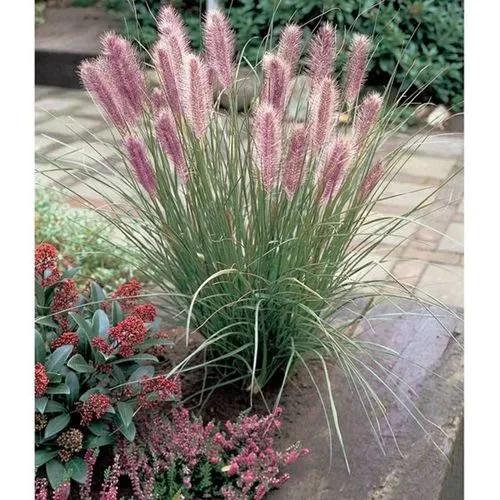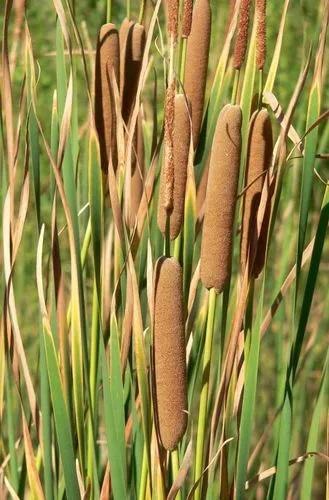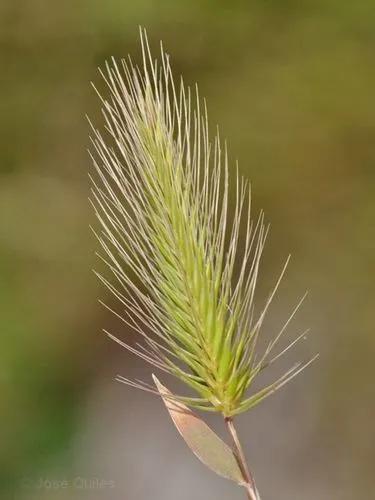Taeniatherum is a genus of Eurasian and North African plants in the grass family known by the common name medusahead. The only recognized species is Taeniatherum caput-medusae and is native to southern and central Europe (from Portugal to European Russia), North Africa (Algeria, Morocco, Tunisia), and Asia (from Turkey + Saudi Arabia to Pakistan + Kazakhstan).
Taeniatherum caput-medusae Care
Taeniatherum caput-medusae



Medusahead is a winter annual, germinating in the fall and undergoing root growth in the winter and early spring. Since its roots develop early and reach deep in the soil, it outcompetes native plants for moisture. It flowers in early spring, and by June or July its seeds, which are covered with tiny barbs, are mature.
Medusahead ranges in height from 20 to 60 centimeters. It has slender, weak stems that often branch at the base. It has spike inflorescences similar to those of wheat or rye. The lemmas have long awns and the glumes have shorter ones, giving the seed head a layered look. As the awns dry, they twist and spread in all directions, similar to the snake-covered head of the mythological Medusa. The barbs on the awns help the seed drive into the soil. The grainlike seed may remain viable in the soil for a number of years.
This plant might be poisonous
How to get rid of: No single control method will eradicate medusahead. For best results, it is often necessary use a form of integrated pest management that combines two or more of the following methods.
Fire is often considered a low cost method of improving rangeland condition. It has been given attention in the control of medusahead because many of the areas infested with it are too rocky or steep for other treatments. Control of medusahead with fire had differing results in California. In some areas, more desirable plant communities came back after a fire, while in other areas medusahead continued to dominate after fire. There are a few guidelines that should be followed when burning medusahead. The burn should be conducted when the seed is in the soft dough stage (when the seeds exude a milky substance when squeezed) in the late spring. The initial fire should be one that is slow burning, something that is easily achieved by burning into the wind.
Chemical control can be effective if used in conjunction with other control methods. Glyphosate (Roundup) applied at 0.375 lbs/acre in the early spring before seeds are produced can provide good results. This timing will also limit the damage to nontarget species that develop later in the growing season. Research suggests that burning before chemical application is more effective than chemicals alone.
Discover more plants with the list below
Popular articles






